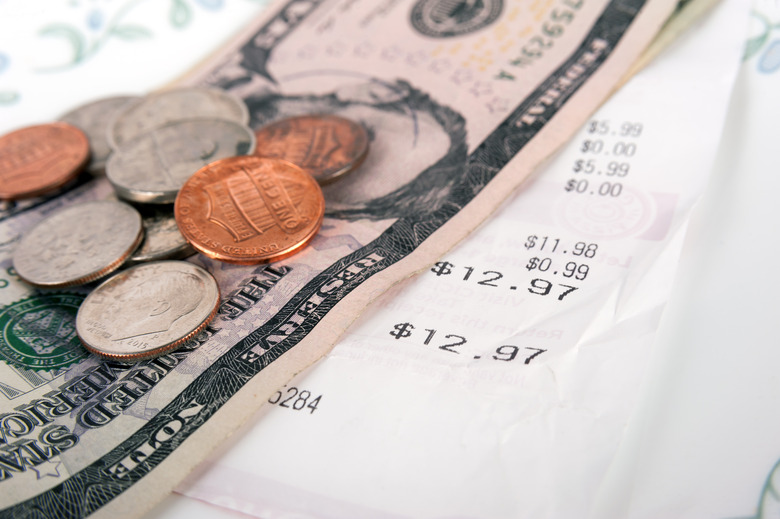How To Figure Out Percentages
Percentages are everywhere in life: You use them to figure out how much to tip at a restaurant, how much of a work goal you've met, and how much that dress that's on sale will cost. No matter what the context, remember that percentages are actually fractions and proportions in disguise, which makes them a great tool for gauging the relative size of one thing against another.
Understanding Percentages
Understanding Percentages
Here's why percentages are fractions in disguise: "Percent" actually means "one part out of every hundred." So once percent is one part out of 100 or the fraction 1/100. Two percent is two parts out of 100 or the fraction 2/100 and so on. Because percentages are always gauged against a common scale (out of 100), they're very easy to compare to one another. They're also easy to convert in and out of decimal form, which makes calculations easy.
Calculating Percentages
1. Convert the Percentage to a Decimal
Divide the percentage by 100 to convert it into a decimal. So if you're calculating 20 percent, you have:
\(\frac{20}{100} = 0.2\)
2. Multiply the Original Quantity by the Percentage
Multiply the original quantity by the percentage you want to figure out. For example, if you ate out at a nice restaurant, ended up with a bill of $90 and now want to tip 20 percent of that bill, you'd multiply $90 by 20 percent, express as a decimal:
\(\$90 × 0.2 = \$18\)
$18 is 20 percent of $90, so if you received good service, that's how much you'd tip.
Working Backward to Find Percentages
Working Backward to Find Percentages
What if, after that nice meal at the restaurant, you get a bill for $120 and hear it already has an 18 percent gratuity? You can use the percentage of the gratuity to work backwards and find out how much the bill was before the tip.
1. Total the Percentage Paid
Add the percentage of the initial meal cost you originally paid (100 percent, which in plain English means "the whole thing") and the percentage of gratuity paid – in this case, 18 percent. So you paid 100 + 18 = 118 percent of the total meal cost.
2. Convert the Percentage to a Decimal
Divide the percentage by 100 to convert it to a decimal. In this case, you have:
\(\frac{118}{100} = 1.18\)
3. Divide the Total Paid by the Percentage Paid
Divide the total amount you paid by the total percentage that represents. The result will be the cost of the original meal, before the extra percentage was added on. In this case, that means:
\(\frac{\$120}{1.18} = \$101.70\)
So your meal cost $101.70 before you added the 18 percent gratuity.
Cite This Article
MLA
Maloney, Lisa. "How To Figure Out Percentages" sciencing.com, https://www.sciencing.com/figure-out-percentages-5015963/. 27 October 2020.
APA
Maloney, Lisa. (2020, October 27). How To Figure Out Percentages. sciencing.com. Retrieved from https://www.sciencing.com/figure-out-percentages-5015963/
Chicago
Maloney, Lisa. How To Figure Out Percentages last modified March 24, 2022. https://www.sciencing.com/figure-out-percentages-5015963/
